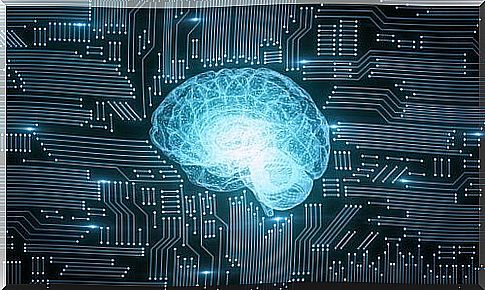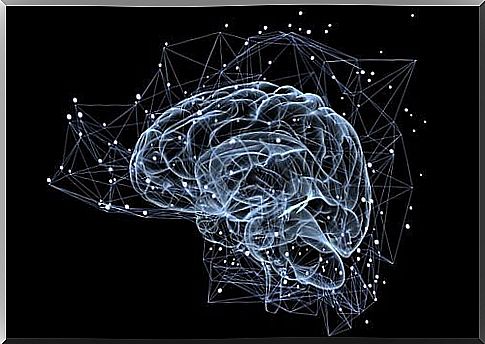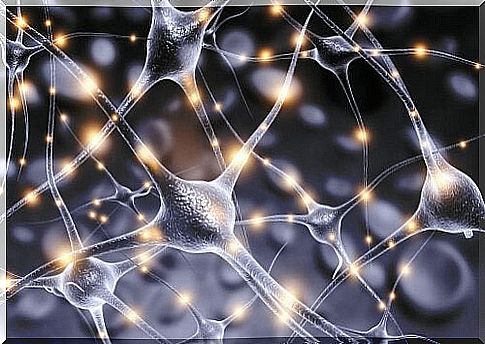Connectionism And Neural Functioning

Understanding how the brain works is one of the greatest challenges in psychology and there are several approaches and perspectives that attempt to do so. From the birth of cognitive psychology to the Turing machine and connectionism, this field has undergone a continuous revolution, especially since the brain is considered an information processor.
One of the first theories that attempted to explain the functioning of the brain used the metaphor of the computer, which soon showed its limitations. Cognitive psychologists, looking for new explanations, then developed the theory known as connectionism .
Before talking about connectionism, however, it is important to understand the brain’s point of view of cognitive psychology. Only in this way will we be able to understand the implications and defects of the computational model.
Cognitive psychology and the computational metaphor
Cognitive psychology regards the human brain as an information processor. In other words, it is a system capable of encoding data from the surrounding environment, modifying them and obtaining new information. Furthermore, new data is fed into the system, in a continuous process of input and output.

The computational metaphor sees the brain as a computer. Through a series of programmed algorithms, it transforms information inputs into a series of outputs. A principle with its own usefulness, which allows us to study some of human behavior. However, on closer inspection, the system begins to exhibit a number of flaws.
The most obvious errors are the speed with which we process information, the flexibility with which we act and the inaccuracy of our responses. If our brain followed programmed algorithms, we would have other types of responses: slower, due to all the processing steps to follow, more rigid and much less precise than they are. In short, we would act like a computer. But, apparently, that’s not how it works.
We could try to adapt this theory to new research, change the rigidity of the programmed algorithms with others that are more flexible and capable of learning, but we would still find flaws in the computational theory. And this is where connectionism comes in, a simpler current of thought, but one that can explain the functioning of the brain in a more satisfying way.
What is connectionism?
Connectionism abandons the hypothesis of computational algorithms and explains that information is processed through activation propagation models. What does it mean? In other words, when an input of information enters our brain, neurons begin to activate according to a specific pattern, which will produce a certain result. This creates a network of neurons that can process information quickly and without the need for pre-programmed algorithms.
To better understand this concept, let’s take an example. Imagine being asked to define the word “dog”. The word reaches the ear and the group of neurons associated with it is automatically activated in the brain. The activation of this set of cells propagates to other groups to which it is connected, for example the groups of neurons connected to the words mammal, bark, fur. A model is then activated that includes all these characteristics and which will allow you to define the dog as a “mammal with a barking fur”.
Properties of connectionist systems
According to this perspective, such systems must meet certain conditions to function:
- Activation propagation. Once certain neurons are activated, they affect others they are connected to. This can occur by facilitating activation or by inhibition. In the example cited, neurons related to the word “dog” facilitate those related to “mammal”, but inhibit neurons related to “reptile”.
- Neural learning. Learning and experience act on neural connections. Seeing many dogs barking reinforces the connections between neurons related to both concepts. This is how the neural networks that enable processing would be created.
- Parallel processing. This is, of course, not a serial process. Neurons are not activated in succession, the activation propagates in parallel. Even the activation models are not necessarily elaborated one after the other, they can take place simultaneously. Thanks to this, we are able to interpret a large amount of data at the same time, even if there is a limit.
- Neural networks. The system would be a huge network of neurons grouped together through inhibition and activation mechanisms. Within the network we also find information inputs and behavioral outputs . These groupings would represent the structured information of our brain; activation schemes would be the way in which that information is processed.

Conclusions
This way of interpreting neural functioning is not only interesting; apparently, the searches are fruitful. Of particular interest are the computer simulations of connectionist systems on memory and language, very similar to human behavior. It is not yet possible, however, to say that this is the exact way the brain works.
This model has not only made a great contribution to all fields of psychology. We can find applications of connectionist systems also in the field of information technology. In particular, this theory has made it possible to make progress in the study of artificial intelligence.
Of course , connectionism is much more complex than what has been presented in this article. We have provided you with a simplified version, which is useful as a starting point. If you are intrigued, you can delve into this theory and its implications.









